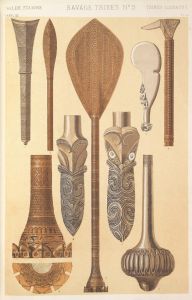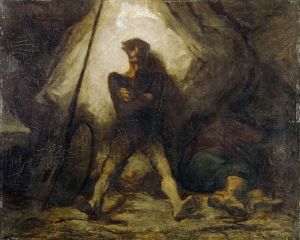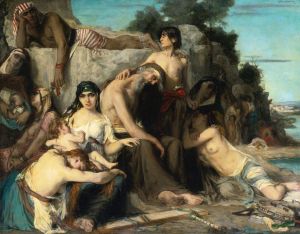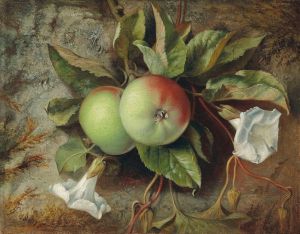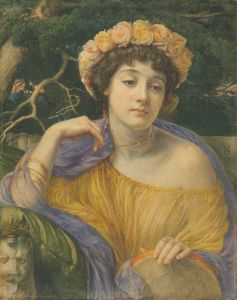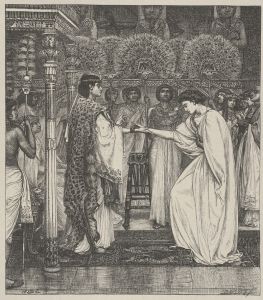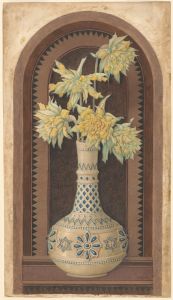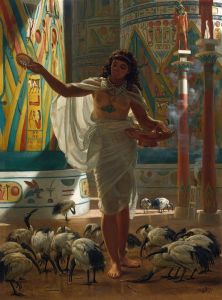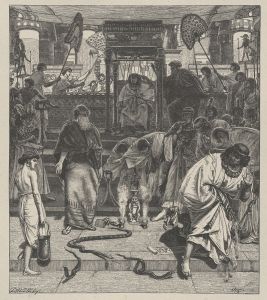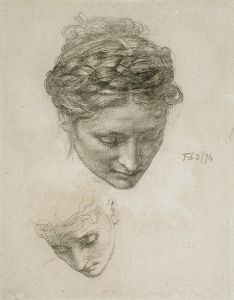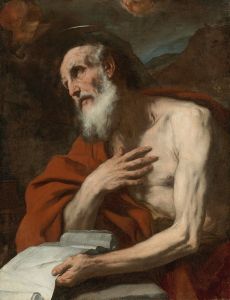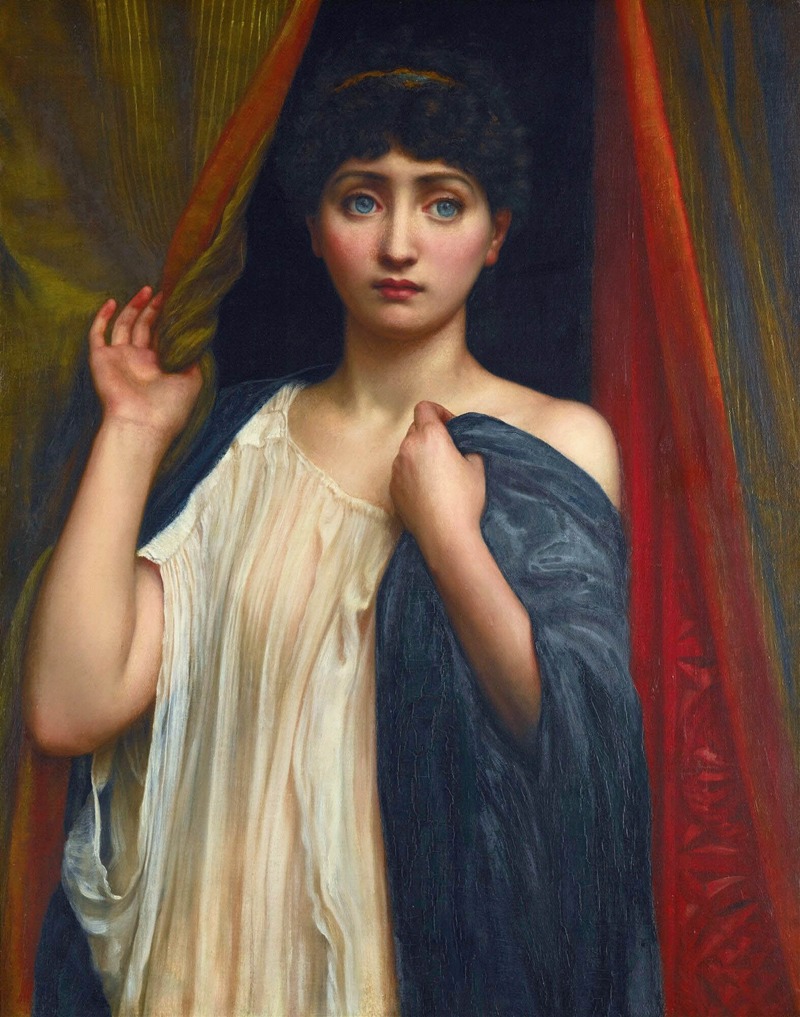
Cressida
A hand-painted replica of Edward John Poynter’s masterpiece Cressida, meticulously crafted by professional artists to capture the true essence of the original. Each piece is created with museum-quality canvas and rare mineral pigments, carefully painted by experienced artists with delicate brushstrokes and rich, layered colors to perfectly recreate the texture of the original artwork. Unlike machine-printed reproductions, this hand-painted version brings the painting to life, infused with the artist’s emotions and skill in every stroke. Whether for personal collection or home decoration, it instantly elevates the artistic atmosphere of any space.
Edward John Poynter's painting "Cressida" is a notable work by the English artist, who was a prominent figure in the Victorian art scene. Poynter, born in 1836, was known for his classical themes and meticulous attention to detail, which are evident in this particular painting. "Cressida" is inspired by the character from medieval and Renaissance literature, most famously depicted in Geoffrey Chaucer's "Troilus and Criseyde" and William Shakespeare's play "Troilus and Cressida."
The painting captures the essence of Cressida, a character often portrayed as a symbol of beauty and betrayal. In literature, Cressida is a Trojan woman who becomes romantically involved with Troilus, a prince of Troy, only to later betray him for the Greek warrior Diomedes. This narrative of love and betrayal has been a rich source of inspiration for artists and writers throughout history.
Poynter's depiction of Cressida is characterized by his signature style, which combines classical influences with the Pre-Raphaelite attention to detail and color. The painting likely showcases Poynter's skill in rendering the human form and his ability to convey emotion through composition and expression. Although specific details about the painting's composition are not widely documented, Poynter's works typically feature a strong use of color and a focus on the intricate details of clothing and setting, which help to bring the historical and literary context to life.
Edward Poynter was a key figure in the Victorian art world, serving as the President of the Royal Academy and being knighted for his contributions to art. His works often reflect his academic background and his dedication to the principles of classical art, which he studied extensively during his travels in Italy and his education at the Royal Academy Schools in London.
The painting "Cressida" fits within Poynter's broader oeuvre, which includes historical and mythological subjects. His works are known for their narrative depth and technical precision, qualities that have earned him a lasting place in the history of British art. Poynter's ability to blend narrative with visual beauty makes his paintings enduring subjects of study and admiration.
While specific exhibition history or provenance details about "Cressida" are not readily available, Poynter's works are held in various public and private collections, reflecting his significant impact on the art world of his time. His paintings continue to be appreciated for their artistic merit and their ability to capture the imagination of viewers with their rich storytelling and visual elegance.





